But what if something goes wrong with my bike?
Written by Diane Mulholland
We want to help break down barriers to bikepacking, and this is a big one. But we promise that fixing your own bike is not really scary or hard. In our first podcast episode @mulholland_diane explained that learning how to sort some common problems gave her confidence to head out of London on her own. She recommends starting with the basics, you don’t need to know everything all at once.
So what are the basics? If your bike is well-maintained (that’s a post for another day) then the most likely is a puncture. You might also get issues with bolts working loose, and gunk getting stuck where it shouldn’t be. With a basic set of tools, you can sort all these things. On an unlucky day you may have issues with brakes, or snap a chain or your rear mech, but those can also be fixed, and you will feel like an absolute boss when you’ve done it.
Your essential kit should contain:
A multi-tool (mostly allen keys, for tightening things or taking your wheel off your bike)
A set of tyre levers (to help take your tyre off your wheel)
A spare inner tube
A patch kit (you can re-use your punctured tube if the hole is small!)
A pump (there are two kinds of tube valves so check which one your bike has)
And because real adventures always come with a few challenges, a longer trip, or a particularly technical route, might give your bike the opportunity to go wrong in quite imaginative ways. We asked some Buds what else they carry with them when they’re going a bit further.
Zara takes a couple of extra things on overnight trips: a spare shifter cable, a pocket knife, tape, and extra patches and plugs. Depending on the trip she might also pop in a chain tool and repair links. (She admits she’s definitely team ‘just in case’.)
Tom’s kit for a multi-day event like the Dales Divide is not very different. He’s traveling light and has only added a few things: a tyre boot (in case of a large hole) spare brake pads and a spare hanger (the bit on your rear mech designed to snap).
What if you’re out there for months? Our very own Cat is cycling across Europe right now. She has almost everything mentioned above, with extras, plus spare valves and valve tool, spare chain links and joining links, long arm allen keys (more leverage than a multi-tool), chain lube, duct tape, zip ties, swiss army knife, and a pair of vinyl gloves. Ready for anything!
Even if you have no idea what to do with them, carrying some essential tools and parts might mean that someone else can fix your bike for you if you’re stuck. And if we’ve inspired you to learn, there’s loads of help out there! We’re seeing more great courses all the time, many led by women, with a warm non-judgemental atmosphere. For starters, check out VickyBikes, Syd Fixes Bikes on youtube, BroadBikez and London Bike Kitchen.
How about you? Tell us your best trailside mechanical stories!
Join our community







